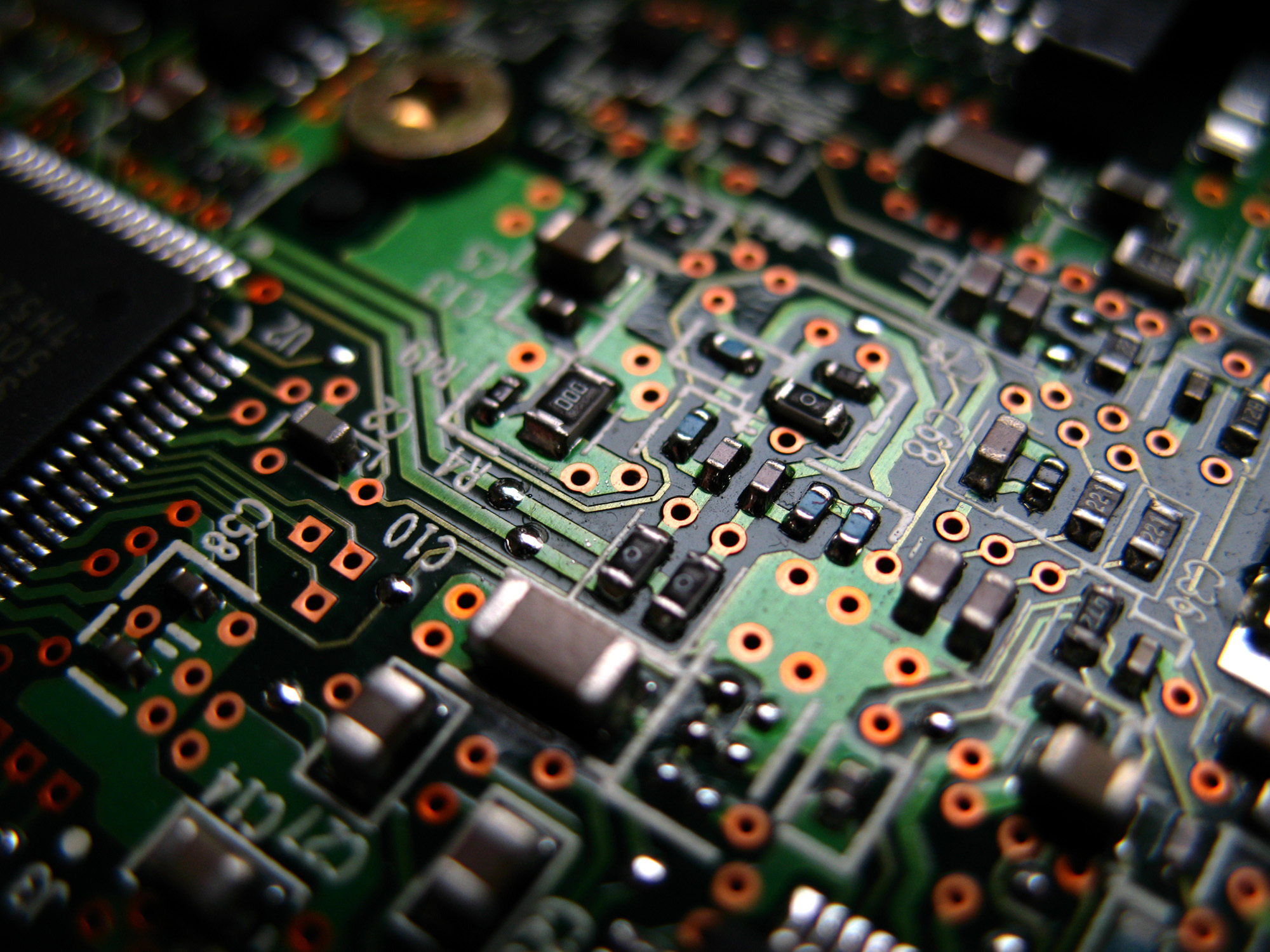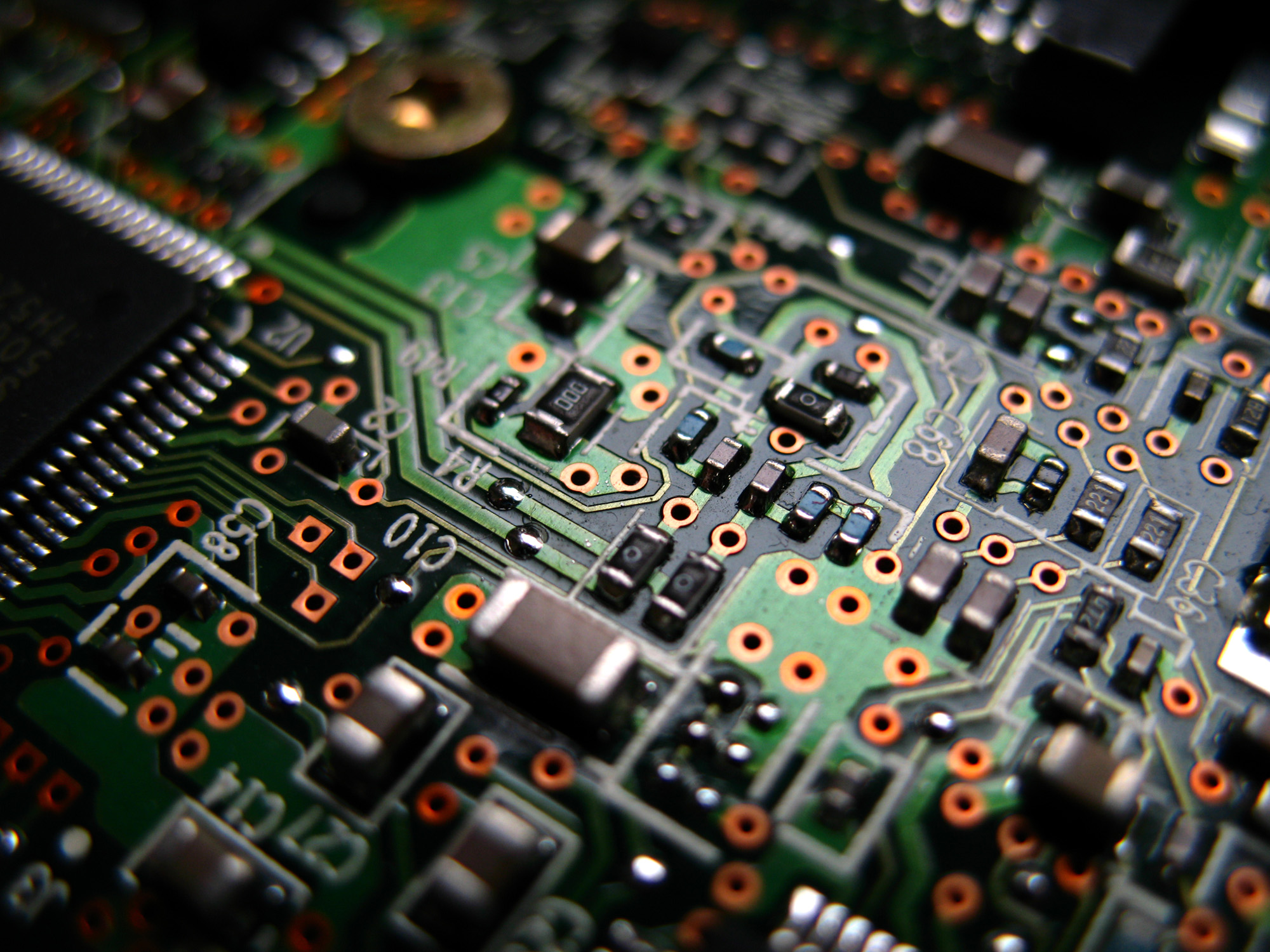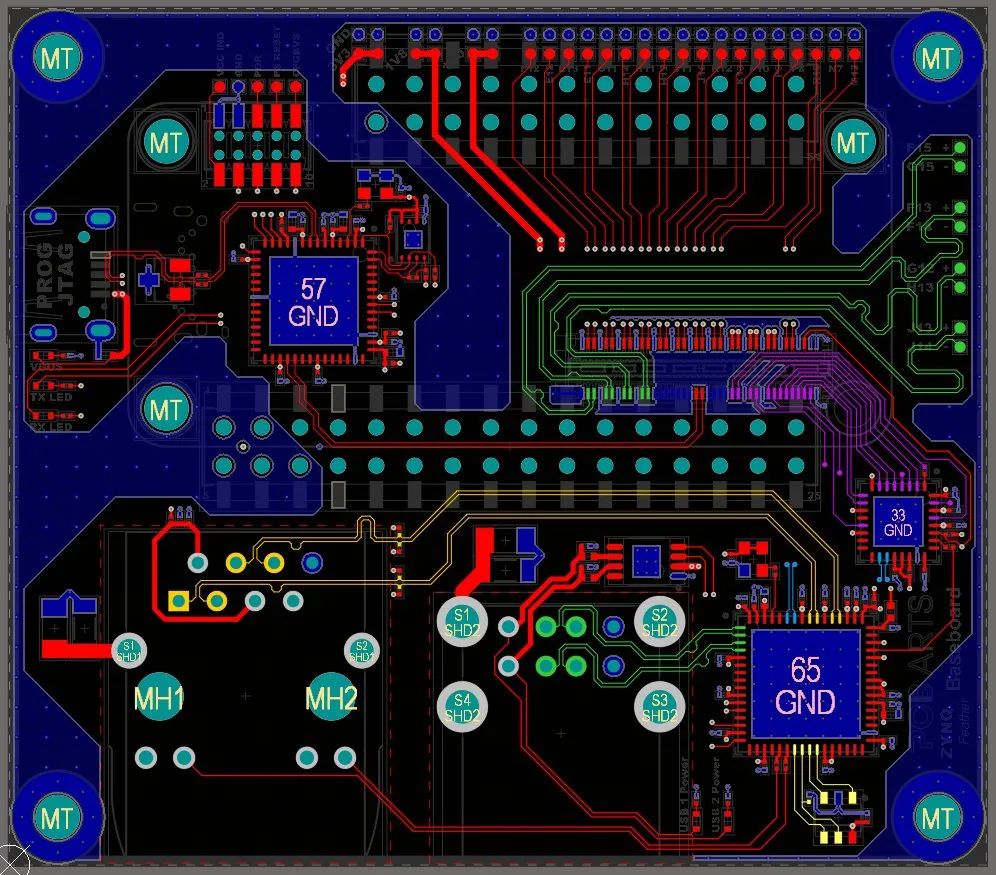
Automotive PCBA Reliability Test
With the development of automotive electronics and intelligence, automotive PCBA (printed circuit board assembly), as one of the core components of automotive electronics, has received more and more attention in its reliability testing. This article will introduce the test items, implementation standards, application cycle, test conditions, test reports, international standards, domestic standards and how to apply for automotive PCBA reliability testing.
Test items
Automotive PCBA reliability testing mainly includes the following test items:
1. Temperature cycle test: By rapidly changing the high and low temperature, simulating the working environment of the car under different climatic conditions, and testing the reliability of the PCBA at different temperatures.
2. Humidity test: test the reliability of PCBA under high humidity conditions by simulating the humid environment inside the car by placing the PCBA in a high humidity environment.
3. Salt spray test: place PCBA in a salt spray environment to simulate the working environment of a car in a salty environment such as a bay or coast, and test the reliability of PCBA in an environment with high salinity.
4. Vibration test: use the vibration test bench to simulate the road vibration of the car during driving, and test the reliability of the PCBA in the vibration environment.
5. Cold and heat shock test: quickly switch PCBA between high and low temperature, simulate the working environment of the car under extreme temperature, and test the reliability of PCBA in the environment of cold and hot temperature changes.
Executive standard
The implementation standards to be complied with in automotive PCBA reliability testing mainly include the following:
1. AEC-Q100: Automotive electronics reliability testing standard published by the Society of Automotive Engineers.
2. IEC 60749-1: This standard specifies reliability test methods for semiconductor devices.
3. ISO 16750-4: This standard sets out reliability test methods for automotive electrical systems.
Application cycle
The application cycle required for automotive PCBA reliability testing varies with different testing agencies, generally around 1-2 weeks.
Test Conditions
Automotive PCBA reliability testing needs to be carried out under professional testing equipment such as constant temperature and humidity chambers, vibration test benches, and salt spray test chambers. The test environment needs to be stable, and there should be no jitter during the test.
testing report
After the automotive PCBA reliability test is completed, the testing agency will provide a test report. The report includes test data and graphs for each test item and a detailed description of the entire test process. The test report is an important basis for the design and production of automotive PCBA.
international standard
The international standards to be complied with in automotive electronics reliability testing mainly include the following:
1. IEC 60749-1: This standard specifies reliability test methods for semiconductor devices.
2. ISO 16750-4: This standard sets out reliability test methods for automotive electrical systems.
3. AEC-Q100: Automotive electronics reliability test standard published by the Society of Automotive Engineers.
domestic standard
The current domestic standards for automotive PCBA reliability testing mainly include the following:
1. GB/T 2423.1: Environmental testing Part 1: General inspection procedures and requirements (IEC 60068-1:2018, IDT)
2. GB/T 2423.2: Environmental testing Part 2: Test B: High temperature (IEC 60068-2-2:2019, IDT)
3. GB/T 2423.3: Environmental testing Part 3: Test Ca: Damp heat (IEC 60068-2-78:2014, IDT)
how to apply
Automotive PCBA reliability testing needs to apply to a recognized testing agency. The application process includes filling out forms, submitting samples, paying fees, taking tests, and obtaining test reports. Before applying, it is necessary to know the details of the certification status of the testing agency, test items and fees, so as to ensure the reliability and validity of the test.

Summarize
As one of the core components of automotive electronics and intelligence, automotive PCBA's reliability testing is becoming more and more important. Reliability testing mainly includes temperature cycle test, humidity test, salt spray test, vibration test and thermal shock test. The implementation standards to be complied with for testing include AEC-Q100, IEC 60749-1 and ISO 16750-4, etc. The application period is about 1-2 weeks, and it needs to be carried out under testing equipment such as constant temperature and humidity chambers, vibration test benches, and salt spray test chambers. After the test is completed, it is necessary to obtain a test report, which includes the test data and graphs of each test item and a detailed description of the entire test process. To apply, you need to apply to an accredited testing agency, and you need to know the details of certification, test items and fees before applying.







